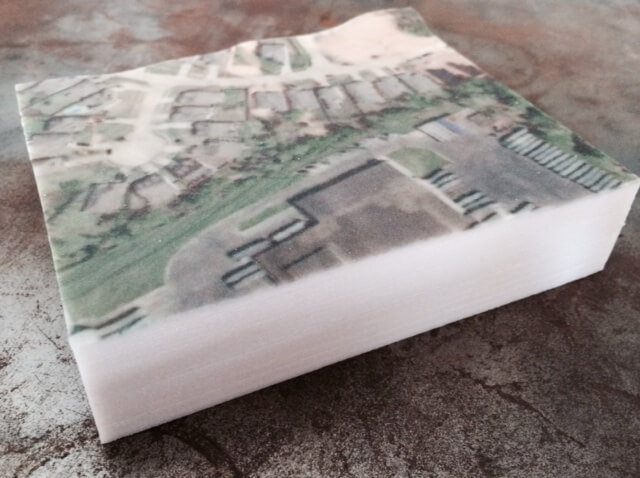
We’re reading an interesting report from The Expert Institute where they describe the increasing use of 3D prints in court.
Legal discussions regarding 3D printing have mostly been focused on the twin issues of intellectual property ownership and 3D printed weaponry, both of which are flavors of the “who controls the digital file if it can be used to make infinite physical objects” problem. But the report in question presents a very different use of 3D printing for legal purposes.
Often legal teams will involve an “expert witness” to testify at trial about specific matters, but there’s another approach emerging in which carefully prepared 3D prints provide “expertise” in a case.
Here’s how it works: Just as a surgeon, astrophysicist or archaeologist may 3D print a model of their subject to obtain a “better view” by putting it in their hands, so too can trial participants get a “better view” of something if it’s printed in 3D form for physical inspection.
In a trial, such visual – and tactile – evidence can sometimes overcome the barrier for juries and others to understand detailed scientific or jargon-filled expert testimony. The expert institute lists several ways in which this might occur during a trial:
- Medical Malpractice, where body structures can be produced in 3D form for easier explanation of a surgical procedure, for example
- Patent Infringement, where parts can be 3D printed to portray the infringement in 3D form for all to see
- Accident Reconstruction, where a 3D form of the crime scene is presented so that participants can inspect the “site” from all angles and gain a better understanding of the situation
- Forensic Pathology, where fingerprints can be vastly enlarged to prove (or disprove) a match; or 3D representations of bullet trajectories, sometimes right through the victim
However encouraging these examples might be, The Expert Institute explains there are still issues:
Since the reliability of a piece of “3D” evidence depends on the accuracy of the data, the printer to be used, and the expertise of the modelmaker, 3d printed exhibits can still be somewhat expensive.
And so the legal world has discovered the key issue in 3D printing: where do the 3D models come from? The “printing” part of the sequence is easy: just hit print and pay for the materials. Meanwhile, the bulk of the work is in developing the 3D model. We suspect that in legal cases, the data used to prepare the 3D model must undergo considerable scrutiny, and may even have to become part of the unbroken chain of evidence.
All this makes the use of 3D prints in court more difficult – but in many cases it may appropriate to spend the effort to gain the benefit of 3D.

